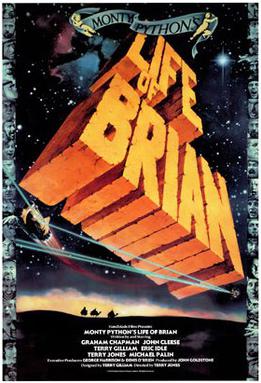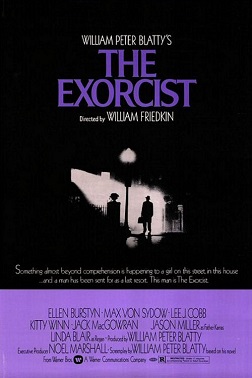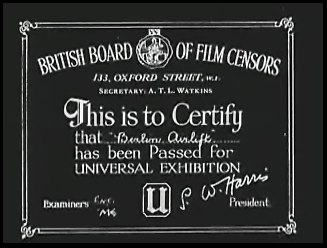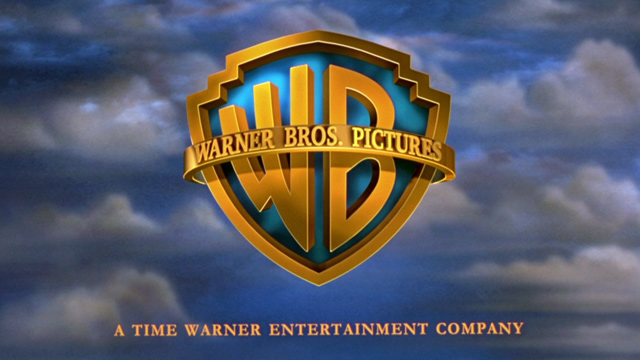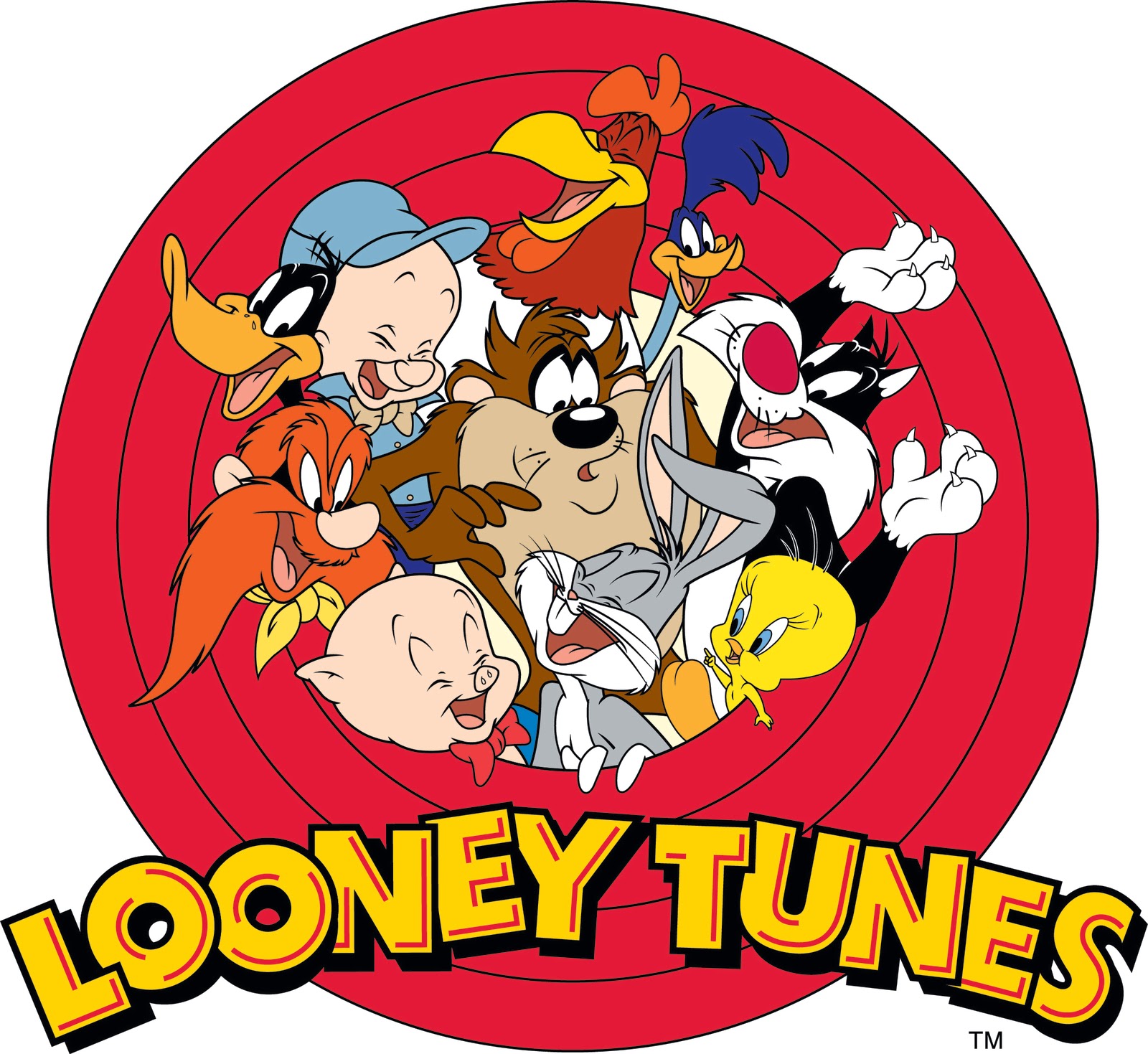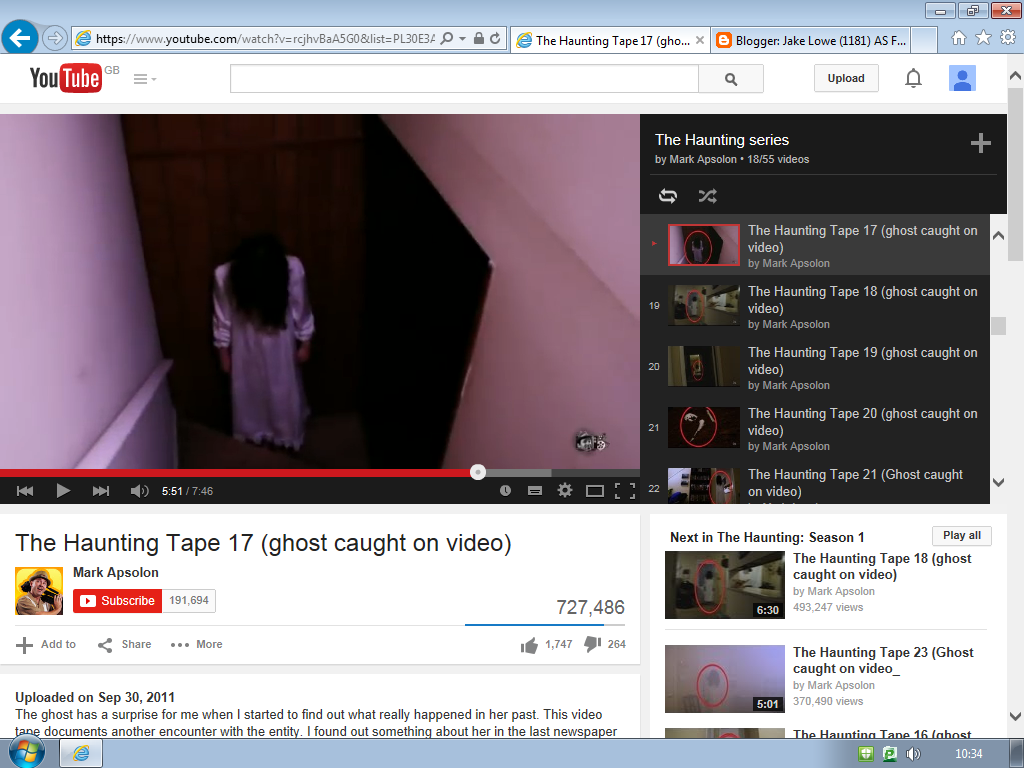We did a bit of experimenting with the camera and decided to do the Kuleshov Experiment as it is a widely used effect in the film industry and will help us when we make our film. The video below is the one we made ourselves:
It shows the idea of love, sadism, and pride.
Monday 8 December 2014
Friday 5 December 2014
Storyboard Post
Wednesday 3 December 2014
Initial Film Ideas
After discussing with the group we came up with several ideas for our film. The ideas were all unique so we noted them down on a spider diagram. The concepts ranged from stereotypes to the less thought of ones all of which we wrote a brief synopsis for. The most favourable idea was the "Under The Bed" one as we could use a diverse range of camera angles to create the feeling of suspense.

I also found from extra research that people feel at ease and are given a sense of security whilst in bed. We could also play on the nostalgic fear of a 'monster under the bed' this would allow us to scare a wider audience by playing on peoples fears.
Audience Rating
 I decided to look into audience age rating, I found that the age rating of a film is set by the BBFC (British Board of Film Classification). The organisation is non government and was first established in 1912 and is responsible for the national classification of films within the UK.
I decided to look into audience age rating, I found that the age rating of a film is set by the BBFC (British Board of Film Classification). The organisation is non government and was first established in 1912 and is responsible for the national classification of films within the UK. We need to take into consideration the age rating of what our opening will be, 15? 18? We are currently un-decisive however after storyboarding of the film, it does look like the film will roughly be in the 15 age rating scale.
When it comes to film being shown in cinemas the power is actually delegated to local authorities to decide whether the film be shown or not.
Most notably, The Exorcist was banned regardless of its X rating (essentially the same as an 18 rating today). Also Monty Pythons Life of Brian was also banned by 39 local authorities despite its AA rating (14+).
Friday 28 November 2014
Audience Research
I decided to do some research that would help us with our target audience.
I found that there a multiple theories that link in with audiences. One of these is the 'mass and niche' theory. This theory implies that some films are made 'for the mass' this means that the film would cover a wide age range, ethnicities etc and multiple types of audiences would enjoy it.
The 'niche' idea is the thought that a film is made for a specific audience and only the target audience would find the film enjoyable. These are two key ideas that we need to take note for when producing our film: are we going down the mass or niche route?
There is also the Hypodermic Needle Theory. This theory implies that mass media has a direct,
There is also the Hypodermic Needle Theory. This theory implies that mass media has a direct,
Paramount Pictures

Paramount pictures founded in 1912 are one of 'the big six' film producers and film studios.
Paramount is known for producing several highly successful film series such as: Titanic, Transformers, Mission Impossible, Indiana Jones, Star Trek and many more.
Particularly the films I'm interested in are Paranormal Activity, Friday The 13th and Jack Reacher. This is because they are all successful thriller films produced by Paramount and that is the genre of film we are going to be making.
Compared to Warner bros, Paramount are just behind with the number of Thriller films produced however in my opinion, I think Paramount are ahead in their terms of quality.

Credits:
http://nickredfern.wordpress.com/2011/08/04/genre-and-hollywood-studios-1991-to-2010/
Warner Bros.
So, I decided to start at the top with perhaps the largest, most well known and best company: Warner Bros.
Warner Bros was first established in 1923 by the four Warner brothers: Sam, Harry, Albert, and Jack. It all began when they acquired a movie projector and showed films to the people of a mining town in Pennsylvania.
Over the years Warner Bros have produced some of the biggest films, cartoons, and television programmes in history such as: Harry Potter, Looney Tunes, and Friends.
Warner Bros usually applies a vertical integration as rather than speak with lots of minor companies for different stages of production they usually have a department for each already within the company.
Marketing:
Warner Bros market their films through more expensive methods such as on the sides of busses, TV adverts, magazine interviews with the stars, and appearing on chat shows to promote an upcoming film.
The main way Warner Bro films earn their money is through the cinema, this may be because they once owned a large chain: Vue cinemas themselves. This gave them control over how well they advertise, long they play, and amount of times they show their own films compared to another companies.
Over the century, Warner Bros has produced some of the largest and most successful films in history.
Such as: Harry Potter, Batman, and The Matrix.
As of 2013 Warner Bros' revenue is estimated at $12.3 billion.
In recent times, Labour Leader: Ed Milliband has stated that media companies are slowly losing power as developments through the internet are causing rapid change in the way we consume news. Due to the fact that people are allowed to post as they wish online, media companies such as Warner are slowly losing their grip over what the public consume and news can be spread far quicker through means of online methods than it ever could by means of mail and newspaper.
Tuesday 25 November 2014
Se7en Contexual Analysis
This is an analysis of the film se7en by David Fincher. This analysis will allow me to gain insight into how a thriller is made and what makes and effective film.
Comments:
Mise en scene:
Sound:
Editing:
Camera angles:
Mise en scene:
In the mise en scene we see that both protagonists are smartly dressed which indicates they are professionals and treat their job seriously. We also see that there is a metronome on the table, metronomes are used by musicians to keep in tempo and prevent irregularity. The presence and use of the metronome could be symbolic gesture that Morgan Freeman has/ had a hectic and abnormal life and this is an attempt to keep his life 'in tempo'. The weather is also raining which helps to build the dull and morbid sense of the clip, indicating to the audience that something bad has happened or is about to.
Sound:
In the opening to seven there is a constant use of sirens in the background which could be classed as quite natural in cities and implies there is always danger lurking round the corner somewhere. We also see one of the main characters: Morgan Freeman who is soon to be retiring in bed and starts a metronome. The metronome is creepy and discordant because it seems to hold the audience in a trance. This could also be seen as a metaphor for time ticking away because we learn from the opening that he is retiring soon. When the scene swaps to the opening credits a discordant and creepy beat/ song begins to play. The beat seems distorted, mixed, and warped, possibly reflecting the films narrative. There is also a beat every now and again that resembles a heartbeat. When Morgan Freeman and Brad Pitt leave the crime scene it begins raining and it could be argued that the rain sounds louder than normal.
Comments:
Mise en scene:
Sound:
Editing:
Camera angles:
Mise en scene:
In the mise en scene we see that both protagonists are smartly dressed which indicates they are professionals and treat their job seriously. We also see that there is a metronome on the table, metronomes are used by musicians to keep in tempo and prevent irregularity. The presence and use of the metronome could be symbolic gesture that Morgan Freeman has/ had a hectic and abnormal life and this is an attempt to keep his life 'in tempo'. The weather is also raining which helps to build the dull and morbid sense of the clip, indicating to the audience that something bad has happened or is about to.
Sound:
In the opening to seven there is a constant use of sirens in the background which could be classed as quite natural in cities and implies there is always danger lurking round the corner somewhere. We also see one of the main characters: Morgan Freeman who is soon to be retiring in bed and starts a metronome. The metronome is creepy and discordant because it seems to hold the audience in a trance. This could also be seen as a metaphor for time ticking away because we learn from the opening that he is retiring soon. When the scene swaps to the opening credits a discordant and creepy beat/ song begins to play. The beat seems distorted, mixed, and warped, possibly reflecting the films narrative. There is also a beat every now and again that resembles a heartbeat. When Morgan Freeman and Brad Pitt leave the crime scene it begins raining and it could be argued that the rain sounds louder than normal.
Editing:
Low key lighting is used throughout the clip which reflects the morbid atmosphere surrounding the main character and also helps set the mood for the audience as well. The opening credits is sketchy and seems to be broken which kind of helps set the idea to the audience that the film is going to be 'broken' and not your up-beat happy kind of film.
Suits - S2E12 Great use of 180 degree rule
Here we see in this clip from suits an excellent use of the 180 degree rule. It would be difficult to recreate the scene as it is so greatly done however we can use this as a target to aspire too.
Monday 24 November 2014
Conventions Of a Thriller
Conventions of a thriller:
A thriller is a film that consists of an exciting and tense plot designed to 'thrill' the audience. It creates this effect by building suspense, excitement, and tension for its main elements. A thriller is designed to keep the audience on the edge of their seats as the plot build towards its climax. There also tends to be a continuous occurrence of red herrings, plot twists, and cliff hangers.
Sub genres of thrillers:
Psychological thrillers: Emphasises the psychology of its character and their unstable emotional states and is designed to toy with the audiences thoughts.
Crime thrillers: Crime thrillers are thrillers that focus on the lives of criminals and are often based on real life crime figures or the far fetched evil plans of a villainous antagonist.
Erotic thrillers: Regularly consists of sexual acts and loving scenes.
Mystery thrillers
Spy thrillers: Usually a government agent who has to thwart an opposing rival government or terrorist group.
Political thrillers: Recreation of a recent political problem.
Military thrillers: Based on military action such as wars etc.
Conspiracy thrillers: The hero goes against an organisation that only they see its true villainous intentions.
Forensic thrillers: The hero who's a forensic expert and recent involvement of an unsolved crime puts their lives at risk.
Horror thrillers
A thriller is a film that consists of an exciting and tense plot designed to 'thrill' the audience. It creates this effect by building suspense, excitement, and tension for its main elements. A thriller is designed to keep the audience on the edge of their seats as the plot build towards its climax. There also tends to be a continuous occurrence of red herrings, plot twists, and cliff hangers.
Sub genres of thrillers:
Psychological thrillers: Emphasises the psychology of its character and their unstable emotional states and is designed to toy with the audiences thoughts.
Crime thrillers: Crime thrillers are thrillers that focus on the lives of criminals and are often based on real life crime figures or the far fetched evil plans of a villainous antagonist.
Erotic thrillers: Regularly consists of sexual acts and loving scenes.
Mystery thrillers
Spy thrillers: Usually a government agent who has to thwart an opposing rival government or terrorist group.
Political thrillers: Recreation of a recent political problem.
Military thrillers: Based on military action such as wars etc.
Conspiracy thrillers: The hero goes against an organisation that only they see its true villainous intentions.
Forensic thrillers: The hero who's a forensic expert and recent involvement of an unsolved crime puts their lives at risk.
Horror thrillers
Monday 17 November 2014
Plot Research
We were struggling to decide on a plot for our story so I have decided to do research into what phobias people share, this will allow the thriller to scare a wider audience of people.
I found that one of the most shared fears is 'ghost girls'. So I looked into popular videos on the internet and how people created scary 'ghost girl' effects.
I found that one of the most shared fears is 'ghost girls'. So I looked into popular videos on the internet and how people created scary 'ghost girl' effects.
 |
| https://www.youtube.com/watch?v=nP9Dkr6UmCg |
One of the most popular effects is the over the should shot from the front where the camera reveals what is behind the person. This effect could emphasise the 'psychological' side of the thriller, as it would create a sense of a paranoia for the audience by making it feel that someone is standing behind them.
Saturday 8 November 2014
Friday 7 November 2014
Barthes
Roland Barthes 1
Roland Barthes
Roland Barthes code theory:
The culture code: Looks at the audiences wider cultural knowledge, morality and ideology.
The action code: The action code consists of the narrative that the
The semantic code: Points to any element in a text that suggests a particular, often additional, meaning by way of connotation which the story suggests.
The enigma code: The way the tension is built up and the audience is left guessing what happens next.
The code of oppositions: How oppositions are used.
Preliminary task:
we used the codes throughout our preliminary task,
We used the culture code by conducting the meeting in a neat room with no graffiti and the people are well dressed showing they aren't lower class.
The semic code was used by making the room darkened, we achieved this looks by simply shutting the blinds.
The code of oppositions was used by the male-female divide. Olli was the interviewer and Emma was the interviewee.
We played on the enigma code right at the beginning by using titling. The titling left the location as "unknown" leaving the audience to guess where the interviewer is, building tension and also showing that the meeting is in secret.
The action code was used by Emma's brief pace. She walked in a relatively brisk manner, this signifies that she is in a rush and doesn't want to be stopped highlighting the fact that wherever she is going is of importance. This also shows that she is a person of power.
Roland Barthes
Roland Barthes code theory:
The culture code: Looks at the audiences wider cultural knowledge, morality and ideology.
The action code: The action code consists of the narrative that the
The semantic code: Points to any element in a text that suggests a particular, often additional, meaning by way of connotation which the story suggests.
The enigma code: The way the tension is built up and the audience is left guessing what happens next.
The code of oppositions: How oppositions are used.
Preliminary task:
we used the codes throughout our preliminary task,
We used the culture code by conducting the meeting in a neat room with no graffiti and the people are well dressed showing they aren't lower class.
The semic code was used by making the room darkened, we achieved this looks by simply shutting the blinds.
The code of oppositions was used by the male-female divide. Olli was the interviewer and Emma was the interviewee.
We played on the enigma code right at the beginning by using titling. The titling left the location as "unknown" leaving the audience to guess where the interviewer is, building tension and also showing that the meeting is in secret.
The action code was used by Emma's brief pace. She walked in a relatively brisk manner, this signifies that she is in a rush and doesn't want to be stopped highlighting the fact that wherever she is going is of importance. This also shows that she is a person of power.
Monday 13 October 2014
Problem
We had a problem with Premier Pro as the film constantly stuck and didn't play smoothly. We tried to stop it doing this by rendering the clips however this made no difference. As a final resort we tried to export the clip to a media player and run it through Windows Media Player, this in fact made things worse as the screen was pixelated. This is still a problem we are trying to solve. 

Tuesday 7 October 2014
Utopia Comic Book Effect Essay
How Utopia achieved its comic book look:
Utopia uses colour effectively to create its comic book look. They did this by going against the usual cinematography colours; green blue and red. The three strip technicolour used is comprised of the opposite colours: yellows, cyan and magentas. They also carefully colour corrected each so in post production. Most of the colours also weren't actually in the shot; they were copied in after using computer generated images. For instance in most shots the sky wasn't blue; it was the typical British grey sky; the colour was just edited in post production. However they didn't just stop with the sky; the editors even used computer generated images to make grass greener, eyes brighter and change the colour of a passing van.
In series two the sets are prepared for grading to achieve the effect to a greater extent by being able to make the colours even bolder.
I thought we could look at how they achieved their colour effect and see if we could copy this type of technique into the production of our film. However this type of editing requires professional programmes and skills that we simply don't have and it would be extremely difficult to replicate this to the same effect in our thriller opening.
Utopia uses colour effectively to create its comic book look. They did this by going against the usual cinematography colours; green blue and red. The three strip technicolour used is comprised of the opposite colours: yellows, cyan and magentas. They also carefully colour corrected each so in post production. Most of the colours also weren't actually in the shot; they were copied in after using computer generated images. For instance in most shots the sky wasn't blue; it was the typical British grey sky; the colour was just edited in post production. However they didn't just stop with the sky; the editors even used computer generated images to make grass greener, eyes brighter and change the colour of a passing van.
In series two the sets are prepared for grading to achieve the effect to a greater extent by being able to make the colours even bolder.
I thought we could look at how they achieved their colour effect and see if we could copy this type of technique into the production of our film. However this type of editing requires professional programmes and skills that we simply don't have and it would be extremely difficult to replicate this to the same effect in our thriller opening.
Monday 6 October 2014
Most Ideal Film Locations
 These were all potential locations for filming however some of them were too office like and generally just too small.
These were all potential locations for filming however some of them were too office like and generally just too small. These two locations were the best as they were the perfect size and just what we had in mind for the setting as the light levels were perfect also. However in the dance studio there is a huge mirror on the entire wall which could be problematic as the camera would pick up on us.
Wednesday 1 October 2014
Potential Film Locations
Wednesday 24 September 2014
Utopia Essay
Utopia essay, S2E6 opening analysis.
The opening to Utopia is effective because of the camera shots used. For instance the scene opens with a medium shot from behind the child creating the effect that he is being followed. This toys on the sense that everyone is being watched by the network and not just adults; even children. The camera then shows the assassin make eye contact with the camera and pans around making the viewer feel like he is talking to them; creating an intense and realistic viewing experience. The mother then appears and enters into a conversation with the assassin and at this point we see a 180 degree shot used as the two engage in talk. As the assassin begins his intense speech, the camera then constantly flicks between both actors, each time showing a different type of shot. A medium shot is used mostly on the mother as this allows us to see her facial expressions better. However, each time the camera flicks back to the assassin, the camera is getting closer and closer using shots such as close ups. This creates suspense and an intense atmosphere for the viewer. At the end, the assassin stands up and leaves during a low angle shot; highlighting the fact that he is in the dominant one and has one the conversation; leaving the mother in shock and awe.
Gender
Gender is presented as being quite stereotypical in Utopia as the male is presented as being the stronger dominant character whereas the female is presented as being the lesser one. This is shown when the mother apologizes to the assassin for the child sneezing because sneezing is something innate and we cant stop it. So by the mother apologizing this highlights the fact that she doesn't want to offend/ upset the assassin. When the man begins his speech he constantly interrupts the women regularly cutting her off and asking her intimidating rhetorical questions. The female is unable to get a word in at all and appears to be quite hesitant about her words, this is shows the viewer immediately who is the most dominant sex and who is the inferior. The scene ends with the man being stood and in the superior position through the use of a low angle shot once highlighting the dominant force before exiting leaving the women behind.
Zeitgeist
The zeitgeist of this scene is that of trusting no one and everywhere you go; someone is watching you. In my opinion I think the message is quite clear; that in this day and age you don’t know who you are talking to and really highlights the fact of stranger danger. This scene could also worry parents as it sets the mind that children aren't safe even when with their parents. I also believe that through the representation of gender this highlights the fact that women are still inferior to men despite the fact that modern day equality we claim to have.
Friday 19 September 2014
Friday 12 September 2014
First Media Post
Hey!
My names Jake and I've just began my first year of sixth form studying; Media, Product Design, Psychology, and Law.
My names Jake and I've just began my first year of sixth form studying; Media, Product Design, Psychology, and Law.
I have never studied anything like media before however I do have keen interests in social media sights and enjoy nothing more than watching a good film. I think it will be interesting being taught how films are made and what goes on behind the scenes. My favourite film being Harry Potter And The Chamber Of Secrets; I can't wait to begin the Harry Potter study.
Subscribe to:
Posts (Atom)




